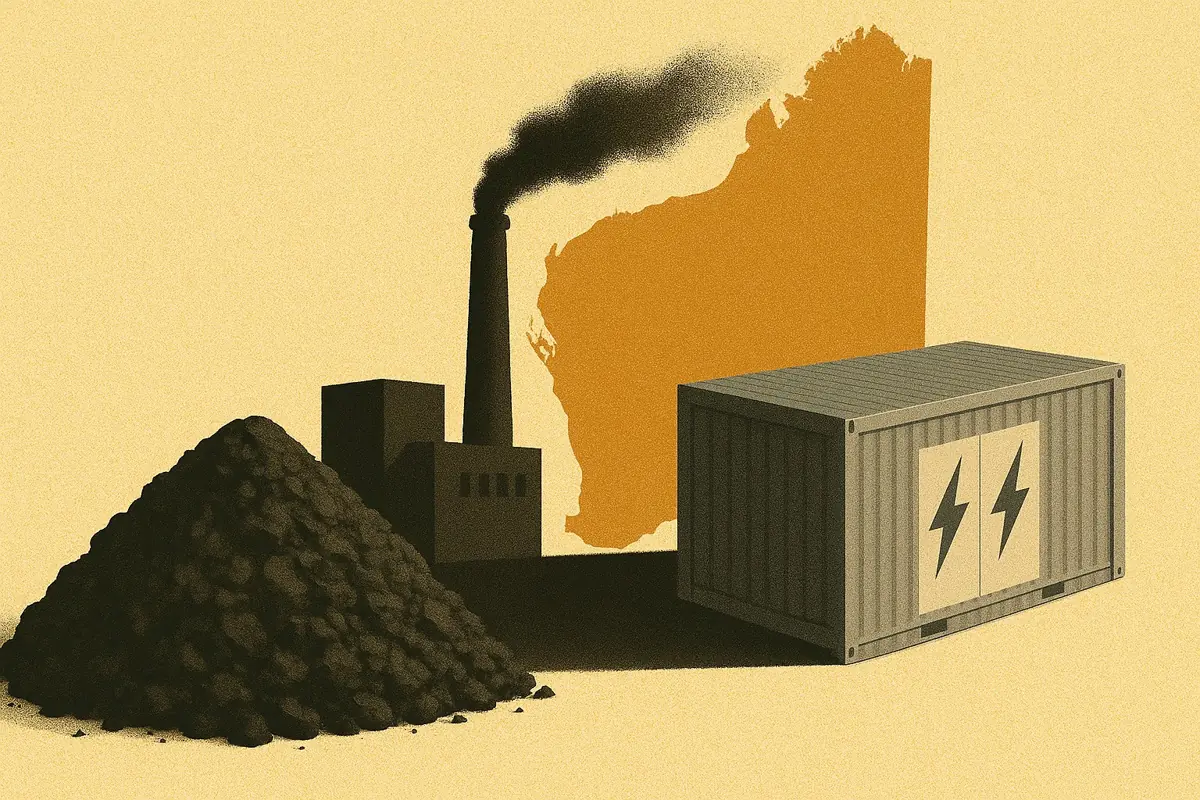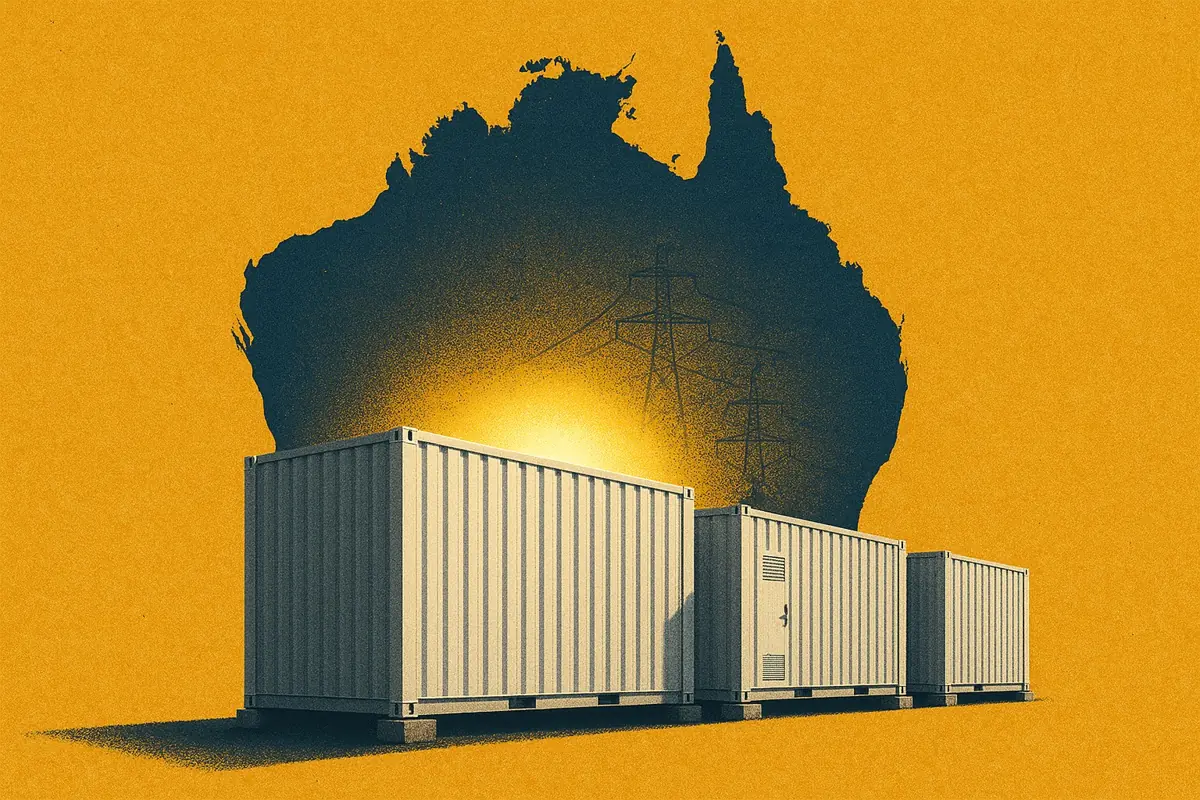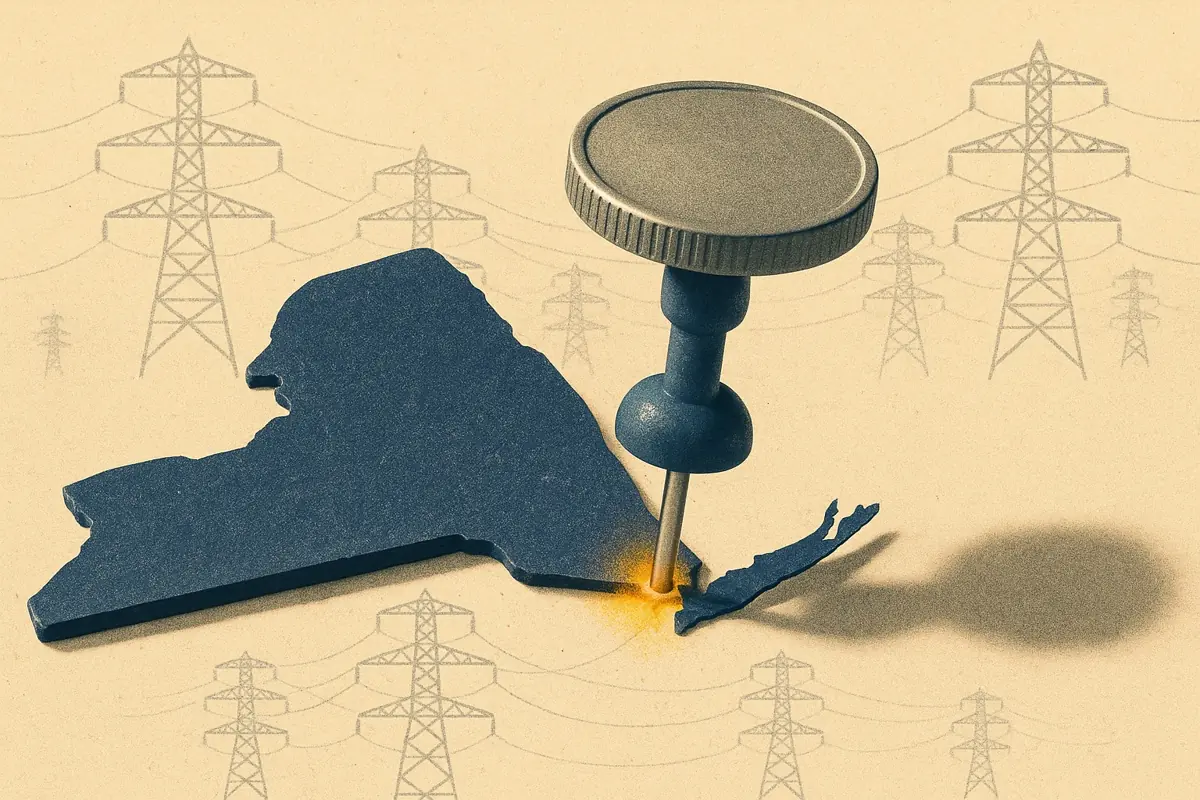November was a big month for battery energy storage in Great Britain. We dived into topics ranging from carbon emission reductions from batteries to the cost of building battery energy storage systems in Great Britain.
Major consultations and announcements relating to how the electricity grid will run in the future were also announced - NESO’s recommendations for Clean Power 2030, the government's proposed long-duration cap & floor scheme, and NESO’s latest proposals on grid connection queue reform. And on top of all of that we launched The Terminal - complete with an updated methodology for calculating the revenue index in Great Britain.
November summary
- Battery energy storage revenues in Great Britain fell 12% from their 2024 high in October to £52k/MW/year in November.
- Batteries have saved 4% of power sector carbon emissions in 2024.
- The results of our industry-wide CAPEX survey returned that total battery energy storage project costs average £580k/MW.
- An additional 3 GW of battery energy storage capacity would need to come online each year to achieve Clean Power 2030 targets.
- The government’s planned cap and floor scheme could provide revenue certainty to long-duration energy storage projects and encourage investment.
- NESO’s latest grid connection reform proposals move from the “first ready, first connected” approach to a “first ready and needed, first connected” approach.
Introducing The Terminal and the new and improved index
Before we get into the exciting research that took place over November, we want to make sure you are up to speed with the changes we have made to what was formerly called the platform and the GB BESS Index.
Introducing The Terminal...
In addition to the new Terminal, we have also been working to enhance our range of Indices. In V3.0 all indices will have the new name - ME BESS Indices. The ME BESS GB Index also comes with some computational changes including improved wholesale revenue calculations, virtual BMU tracking and the new Quick Reserve service.
Head to our dedicated articles to learn more about The Terminal and the new ME BESS GB Index.
Battery energy storage systems reduce power sector carbon emissions by 4% in 2024
Batteries saved 950,000 tonnes of carbon emissions between January and August 2024, the same as in all of 2023. This means they have saved over 4% of total power sector emissions this year.
A large portion of these savings are a result of batteries helping the grid operate at lower inertia, which is usually provided by CCGTs. Batteries do this by providing fast-acting frequency response. This also means less fossil-fuel plants provide Mandatory Frequency Response, causing more carbon savings.

Read the article to learn which individual batteries have saved the most carbon this year and which operational strategies result in the highest carbon savings. If you want to read about the methodology behind these numbers, check out our carbon methodology explainer.
Total battery energy storage project costs average £580k/MW
Publicly available data on the costs related to building a battery energy storage system is limited. Much of this information is tied up in private contracts and agreements.
To overcome this, we surveyed the battery industry and found that the average cost of building a battery energy storage system in Great Britain is around £580,000/MW.
The survey drew results from 30 market participants, covering 2.8 GW of battery energy storage at an average duration of 1.9 hours. This included projects in development as well as projects recently operational.
One of the main conclusions drawn from the results is that as a battery project increases in size, each additional megawatt is cheaper to build. In other words, bigger projects are cheaper, on a per megawatt basis, than smaller projects.

Beyond the overall costs of building a battery site, participants also broke down:
- balance of plant (BOP) costs,
- grid connection costs,
- operations and maintenance (O&M) costs
- and the time taken for projects to progress from construction to commercial operations.
Subscribers of the Modo GB Forecast can read the full report to learn more about these results and how they impact the business case and investment outlook for BESS.
Clean Power 2030 requires an unprecedented buildout of renewables and battery energy storage
At the start of November, NESO released its advice for the government to achieve Clean Power by 2030. This means 95% of energy is generated from renewable, low-carbon technologies.
Achieving Clean Power 2030 requires a significant increase in capacity from renewables, including offshore wind, onshore wind, and solar. Similarly, flexible units such as long-duration energy storage (LDES), batteries, interconnectors, and demand-side flexibility would see significant increases in connected capacity.

An unprecedented rate of buildout would be required across renewables and flexibility. 5 GW of offshore wind would be added to the system per year—5x the current buildout rate. Meanwhile 3 GW of new battery capacity would need to come online each year. The highest yearly increase so far was in 2023 at 1.7 GW.
Read the article to learn about which regions across Great Britain will need the highest battery capacity and how increased buildout of BESS and renewables affects BESS revenues. Or check out our dedicated episode to Clean Power 2030 on the Transmission podcast.
34 GW of six-hour battery energy storage could come online with a cap and floor
Long-duration projects take a long time to develop and are expensive to build. Uncertain future revenues increase investment risk and the interest rates charged by lenders. The government has proposed a cap and floor scheme to provide a level of revenue certainty and unlock investment in these projects.

In years when revenues fall below the floor level, the regulator Ofgem provides top-up payments. In return, the owner returns revenues above the cap level back to Ofgem. While this reduces total expected revenues over a project's lifetime, it provides a guaranteed minimum revenue, de-risking a project.
Modo Energy subscribers can head to the article to read more about the level that the cap and floor could be set at, and the impact that this would have on battery buildout.
NESO's latest connections reform proposals lean heavily on Clean Power 2030
In early November, NESO released its latest framework for grid connections reform in Great Britain. The detailed update expands on the "first ready, first connected" (TMO4+) approach set out earlier this year to a "first ready and needed, first connected" approach.
Projects will be assessed for 'readiness' and 'strategic alignment' in order to receive a firm grid connection date. The existing queue is expected to undergo Gate 2 assessment in Q2 2025.

Applicants will be sent back to Gate 1 if they fail to meet the Gate 2 criteria or if their sub-group is oversupplied. Projects will be able to apply for a Gate 2 assessment when the next window opens. Application windows for both gates will open twice a year.
To understand more about the proposed methodology, the financial instrument and the size of the current queue, read the full article.
Battery recycling: what is the state of the market?
In today’s world, environmental degradation, resource depletion, and growing waste generation are clear indicators that the conventional linear economy is not sustainable. Battery energy storage systems, however, present a unique opportunity for change.
Their materials are highly recyclable and this value can be extracted either through material recovery or second-life applications. Transitioning batteries into a circular economy is essential for long-term sustainability.
In November, William Bergh, CEO at Cling Systems, joined Quentin to discuss the challenges in battery recycling.
In addition to this, other topics discussed on the podcast include:
- Clean power 2030 with Joe Bush - Diving into the purpose of the Clean Power 2030 report and what it covers. As well as the sheer scale of buildout required to meet renewable and flexibility system targets, from 50 GW to 130 GW.
- What P415 means for flexibility with Paul Troughton - An introduction to P415 and the roles of independent aggregators and virtual trading parties. In addition to the potential impact of P415 and the accessibility, it opens up to wholesale markets.







